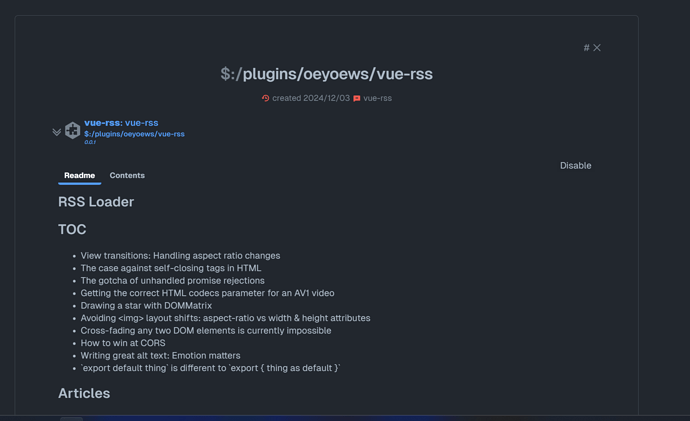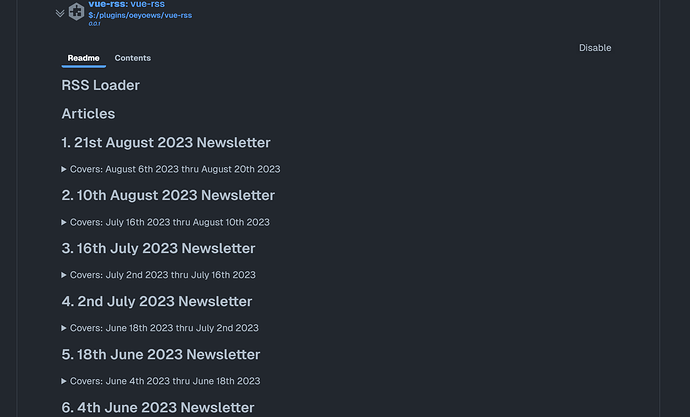A short while back while working on the WebDAV wiki farm stuff, I realized I had most of the ingredients for a simple RSS reader in TiddlyWiki.
Just to demonstrate what might be possible once we have wikitext affordances for HTTP requests in the core, I spent an hour cobbling this together:
https://saqimtiaz.github.io/sq-tw/temp/feedreader.html
Please note that:
- this is not meant to be usable, nor do I intend to work on it further
- it relies on the same wikitext affordances for HTTP requests as the WebDAV work
- it takes a shortcut and uses XSLT (think CSS for XML) to display the feeds as HTML. A more interesting approach might be to convert each feed item into HTML as a temporary tiddler, allowing to easily save individual feed items of interest.
- the primary constraint is lack of CORS (cross domain communication) support for many of the servers hosting the RSS feeds, which necessitates use of a proxy server.


